What should be in your First Aid Kit?
First Aid Kit Essentials for a Low-Hazard Workplace
For most it will be obvious that their workplace needs a first aid kit somewhere on site, but when it comes to the exact contents, things become less straightforward.
What should First Aid Kits Contain?
Two of the most important and frequently asked questions related to First Aid kits are:
“What should First Aid Kits contain?” and “What is the bare minimum of items First Aid Kits should be stocked with?“
The simple answer is that there is no standardised list of contents, only common basic recommendations. Determining what needs to be stocked in your kit should be decided as part of your wider health & safety assessment of the workplace; identifying the most prominent risks & hazards, then considering what items are likely to be needed in an accident.
To give a rough idea of where to begin, SHEilds have created an infographic breakdown of the recommended items that most workplace first aid kits will need, along with a few other key points to keep in mind.
What’s in your First Aid Kit?
Kit Box Access, Items and First Aiders
The kit box itself – or possible boxes in a larger workplace – should be stored securely in a cool dry place and all staff informed of its location so it can be easily found and accessed in an emergency.
Additional items a common first aid kit may contain are different bandage types, scissors and tweezers, thermometers, hypoallergenic microporous adhesive tape, individually wrapped moist wipes or distilled water for cleaning wounds, however as stated, this will depend upon an assessment’s findings while any medicine – if it is deemed necessary – should be stored and managed separately.
Another thing an assessment may deem necessary is a dedicated first aid room; reserved specifically for providing aid which a designated person should be given the responsibility of supervising and maintaining.
Trained first-aiders meanwhile are likely to be a requisite for larger workplaces and as with kits should be clearly identified for other staff, but small workplaces with only a handful of employees can be exempt with an appointed person – ideally with some knowledge of emergency first aid – to fulfil basic kit maintenance.
Above all else make sure your first aid kit is stocked at all times, with an organised checklist of items accounting for expiry, replacement after usage and scheduled restocking. If your kit is empty or missing crucial items it will set a dangerous precedent, creating a false sense of security and putting lives at risk in the crucial minutes after an injury.
Play it safe, check your kit is in order today.
Owen G Roach

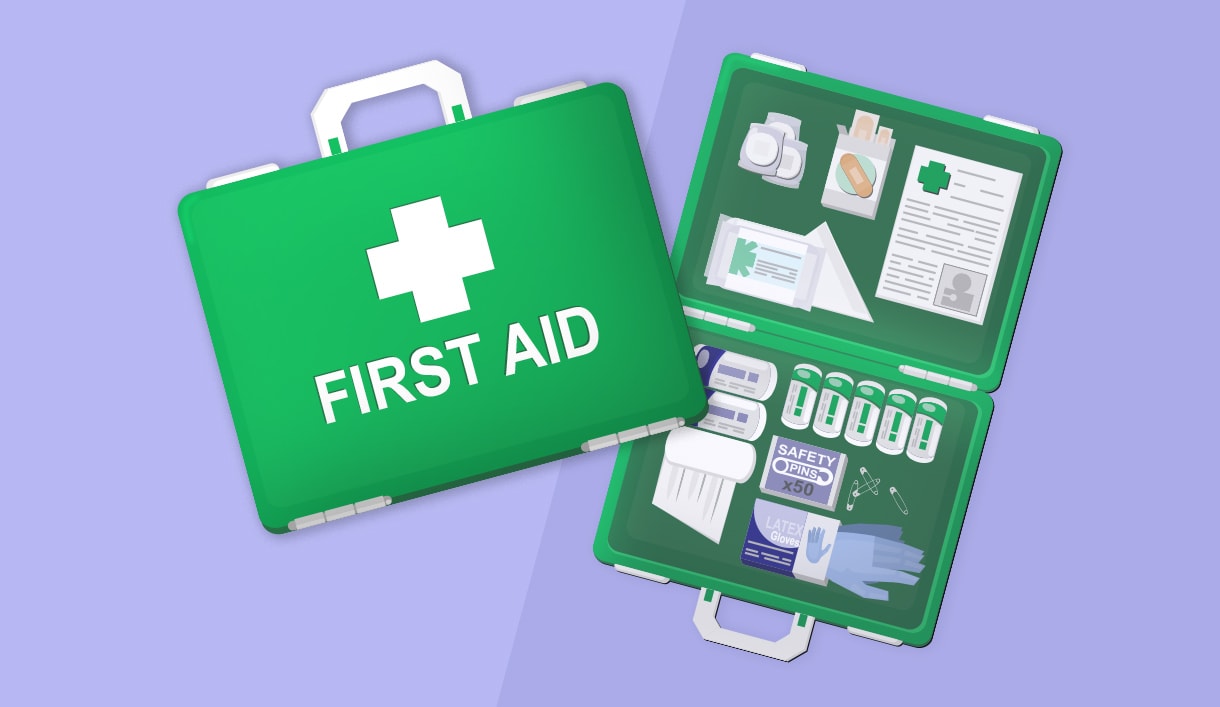
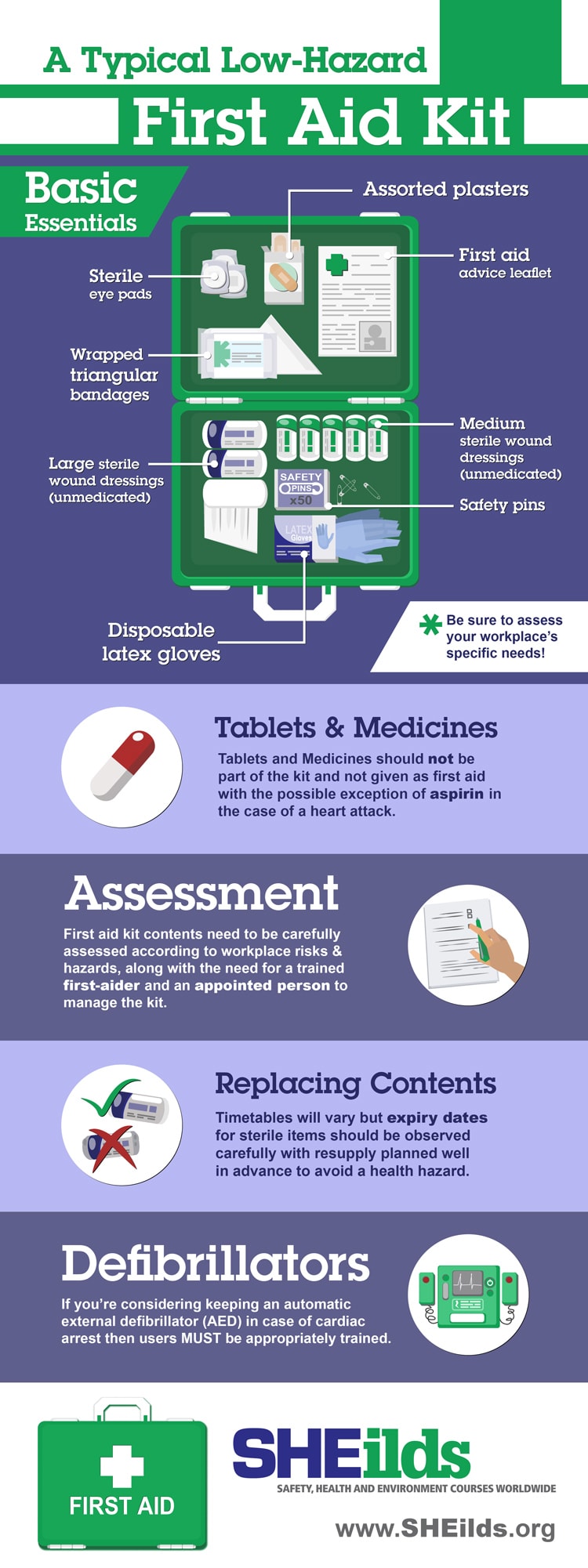

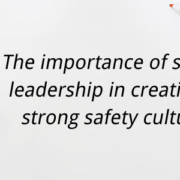
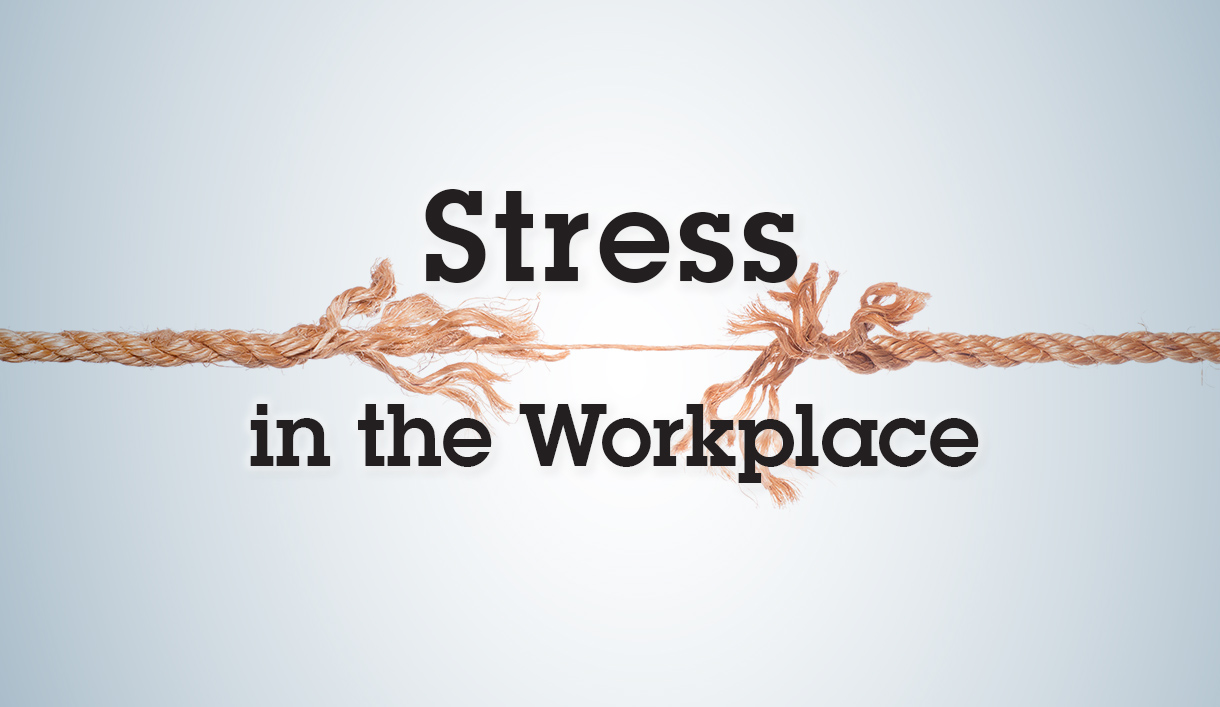

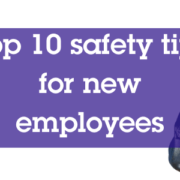


Leave a Reply
Want to join the discussion?Feel free to contribute!